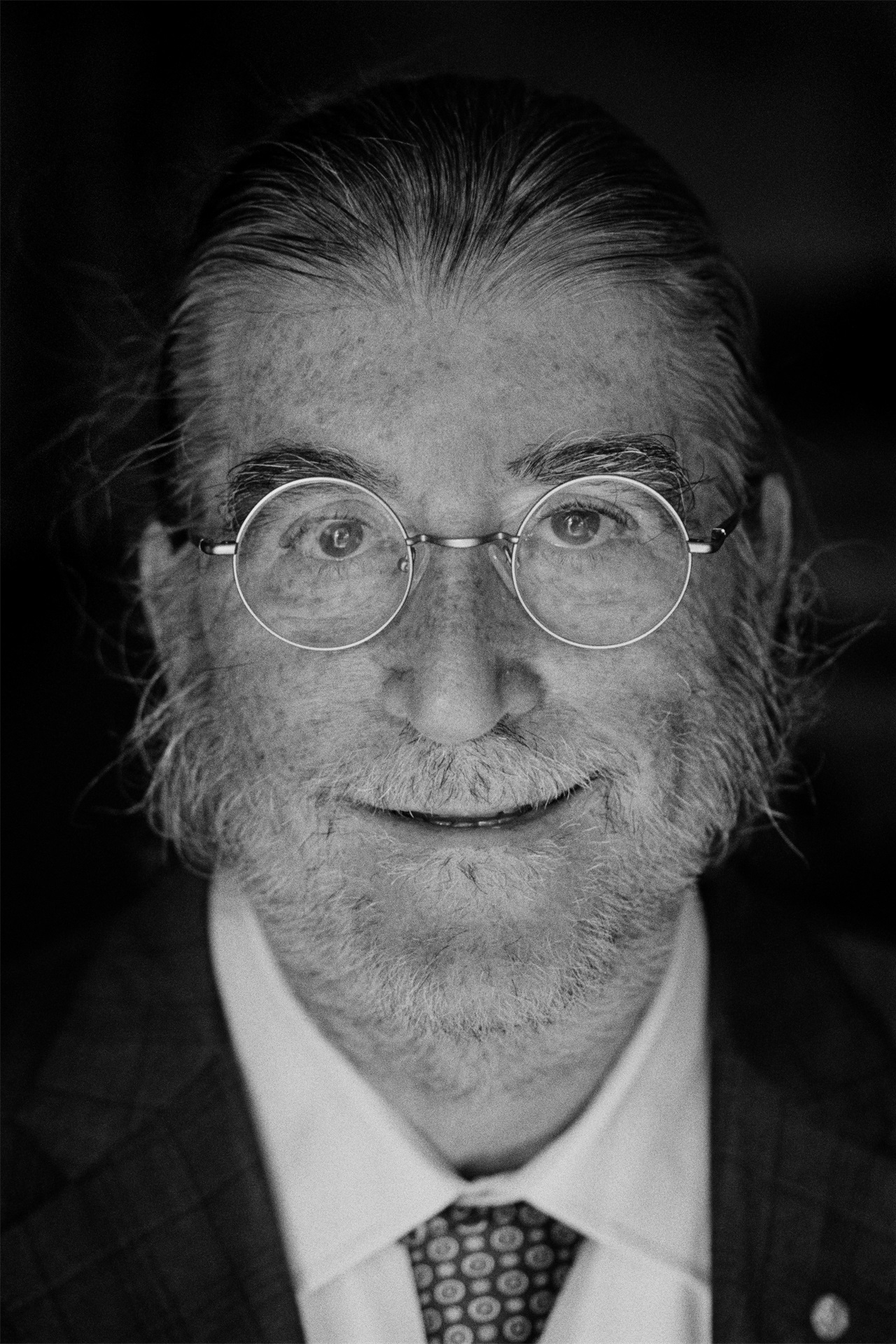
Risk and financial crises are an inevitable part of the global economy, but thanks to the work of Philip Hallen Dybvig, we have a better understanding of how to manage these risks. Dybvig’s work shows how banks add value by providing liquidity to depositors while making illiquid loans to long-term borrowers, how this makes banks vulnerable to self-fulfilling bank runs, and how regulators can improve the stability of the banking sector.
As a child, Philip Dybvig developed a keen interest in strategic games like bridge and sailboat racing, where success depends on anticipating opponents’ moves and managing uncertainty. This primed him for a career that also revolved around strategic decisions. His PhD work focused on revealed preference theory, which is about understanding what people value by observing their choices rather than asking them directly. Specifically, he applied this idea to risk preferences – figuring out how much risk someone is willing to take based on their financial decisions.
Dybvig has worked on a wide range of topics, from investment strategies and risk management to asset pricing and banking. He is most famous for co-authoring, along with Douglas W. Diamond, the seminal Diamond-Dybvig model of bank runs in 1983. This model explains how banks provide liquidity by turning short-term deposits into long-term loans but also shows their vulnerability to bank runs. The equilibrium bank runs in the model arise from rational agent choice rather than panic or fear previously emphasized.
The Diamond-Dybvig model showed that the fragility of the banking system is connected to its core function – providing liquidity to depositors while financing illiquid long-term investments. The very structure that makes banks valuable also makes them vulnerable to bank runs. Dybvig and Diamond argued that to prevent bank runs, deposits should be insured or central banks should stand ready to provide liquidity in a crisis.
Dybvig attributes his achievements to curiosity: a drive that identifies areas where understanding is lacking. This has led him to produce foundational theory in finance, especially in asset pricing. He co-developed what is now called the Dybvig-Ingersoll-Ross theorem, which proves that in any arbitrage-free interest rate model, long-term yields and forward rates “can never fall” over time. This theory is widely used to understand bond pricing. Dybvig also assessed optimal investment strategies and the pitfalls of common approaches, warning investors and fund managers that intuitive strategies like stop-loss rules and dollar-cost averaging destroy value.
Philip H. Dybvig was born on 22 May 1955 in Gainesville, Florida, USA. After completing his BA in mathematics and physics at Indiana University, he entered a PhD programme in economics at the University of Pennsylvania, transferring to Yale University after one year, moving with his advisor Steve Ross. He received his doctorate in 1979. Throughout his career, he has taught economics and finance at several prestigious universities including Princeton (1980–81), Yale (1981–88), and Washington University in Saint Louis (1988–present). He also served as the Director of the Institute of Financial Studies at the Southwest University of Finance and Economics in Chengdu, Sichuan, China (2010–21).
